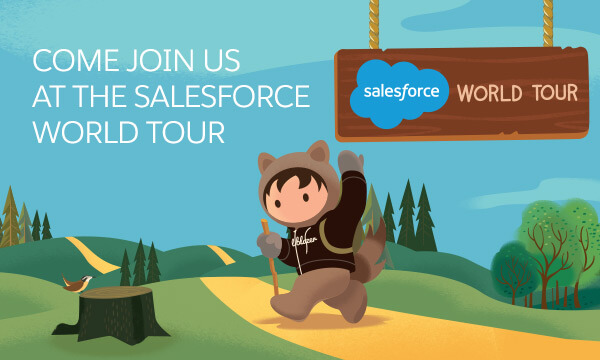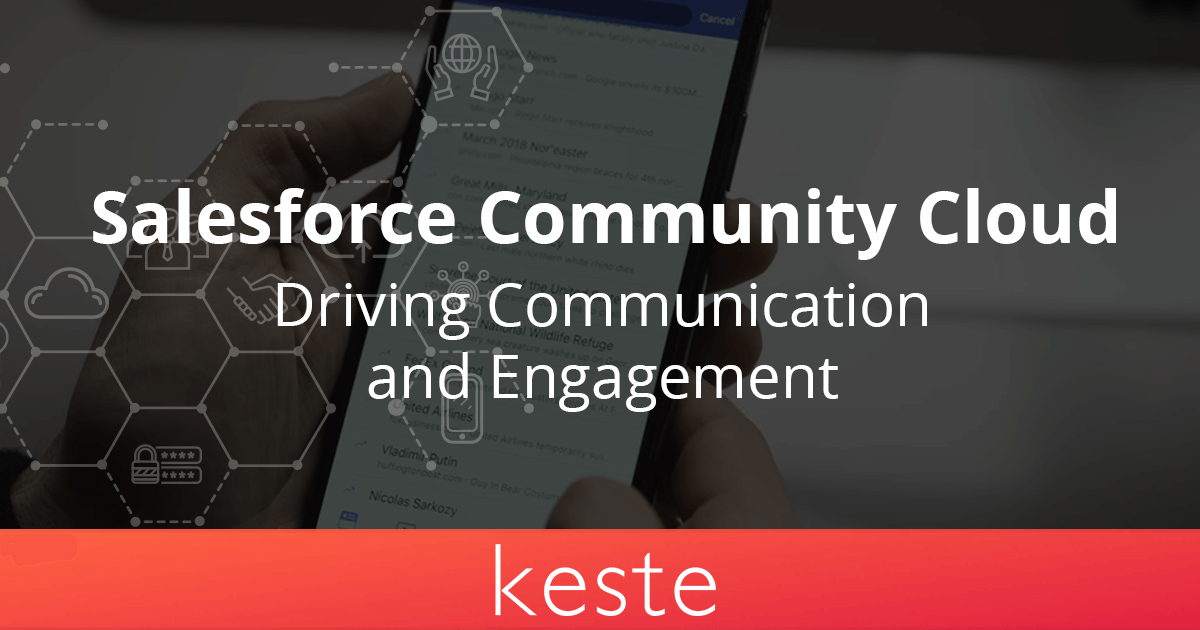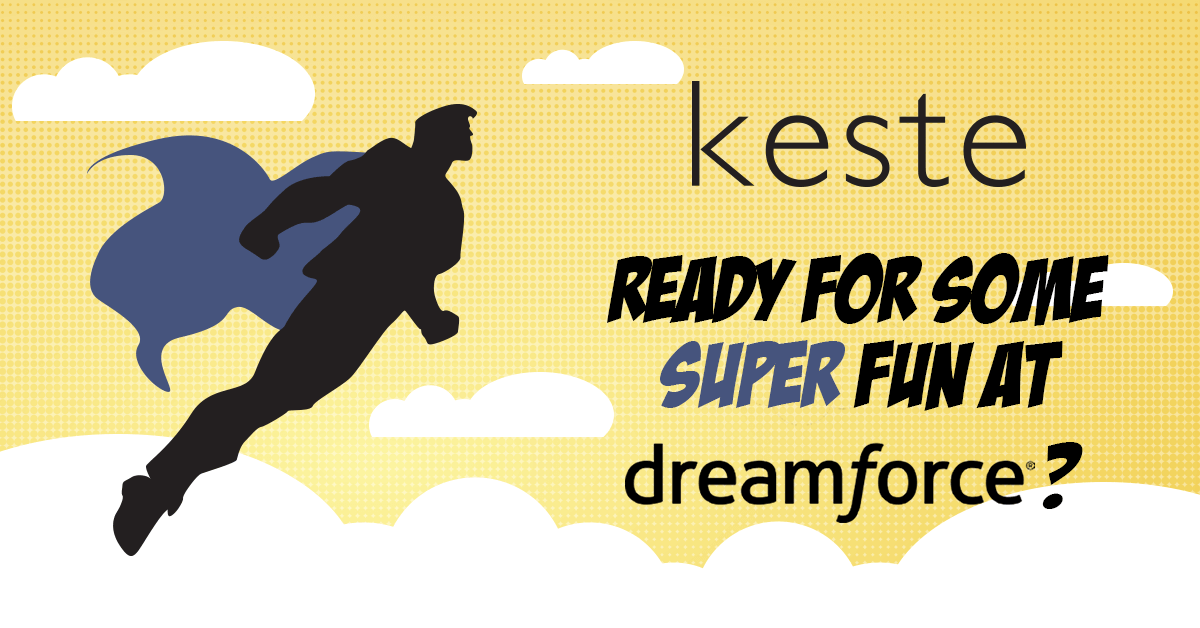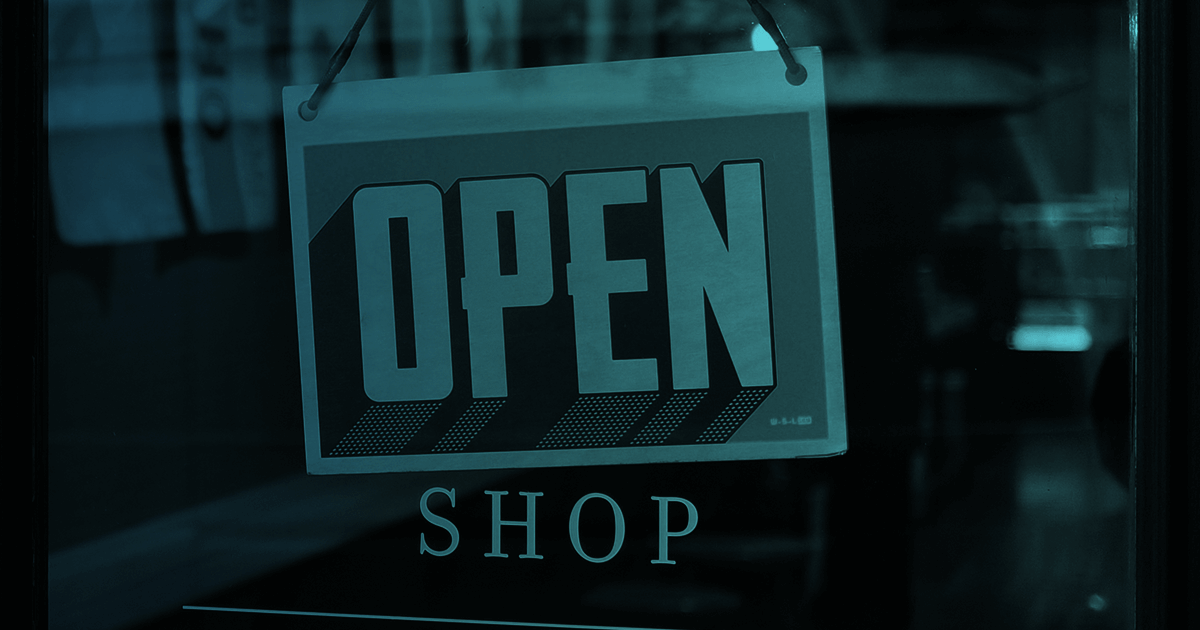Mortgage brokers are in a ruthlessly competitive industry. On one side, they need to maintain strong working relationships with dozens of banks and loan officers. On the other, they must provide stellar service to home buyers during a long, complicated, and emotional process. A reputation for getting results and being easy to work with will generate referrals from real estate brokers and former clients. The opposite is a recipe for a brief career.
Given that most mortgage brokers have access to the same banks, with the same mortgage products, and the same regulations to follow, how can a broker differentiate himself or herself from competitors?
Fast, clear communication plus low rates is a strong formula for winning. According to the Consumer Financial Protection Bureau’s 2015 National Survey of Mortgage Borrowers, half of mortgage shoppers work with the first broker they find, typically a referral. The early bird gets the worm. The other half will shop with 2, 3 or more brokers, looking for better rates. The best rate received fastest and with great service and communication, wins.
A stellar reputation helps a broker garner their fair share of the referrals that won’t shop. Speed and a great rate help win the other half. In both cases, for a broker to stand out, he or she must effectively coordinate activities and communications between their customers, real estate agents, loan officers – the more effortless for all involved, the better.
Modern mortgage brokers are winning business, and establishing great reputations, with the help of technologies that streamline and personalize the process.
Modern Lead Generation
Mortgage lead generation has become increasingly sophisticated. 20 years ago, google adwords didn’t exist. Neither did Facebook. Today, mortgage brokers have a long list of new possibilities that are fast, and highly targeted. A recent Salesforce post, 5 Lead Generation Tricks from Trailblazers in Mortgage, described five techniques that take advantage of modern tools:
- Use CRM data to create “lookalike audiences” and advertise on Facebook, Instagram, Google, YouTube, and others.
- Create customer journeys or personalized engagement paths across multiple channels – email, mobile device, chatbots, and more.
- Listen for buying signals by targeting and retargeting prospects, and by using the right keywords to capture buyers’ journeys at the moment they begin to shop.
- Keep Loan Officers Connected, sharing lead nurturing emails to loan officers, so loan officers can forge ahead, armed with the knowledge that a prospect has recently used a rate calculator, for example.
- Automate Trigger-based marketing, g., contact all past customers when rates are 2% below their 30-year fixed mortgage rate.
Technology plays a key role in these tactics.
A solid CRM system, with consistent data capture, is the foundation for customer segmentation, for lookalike analysis, and for developing buyer personas.
A powerful marketing automation solution can serve up lead gen ads automatically to consumers whose online behavior suggests they might be seeking a new mortgage or refinancing. It can also manage customer journeys across channels. In the trigger-based marketing example, marketing automation can send an email to the relevant prospects. A robust marketing automation system can help predict which customers will respond best to which kinds of messages and act accordingly. For example, it can predict which prospects are most likely to unsubscribe to an email, and approach them by phone, mail, or some other non-email channel.
Modern Lead Development and Nurturing
No matter what the lead source, fast follow up is critical. If a buyer leaves messages with five different brokerages, then the one or two that respond soonest with the best rates are the most likely to win the business.
Marketing Automation and CRM systems collaborate to route inbound leads in real time to the right rep. That “rep” might be a chatbot, to start. Based on the customer’s preferences, follow up may be via email, text, Facebook messenger, or by some other means. A broker who responds to the prospect via their preferred communication method is likely to reach the prospect first. And earn a bit of service credibility too.
Modern Multi-Participant Communications
Earning a new customer is just one step on a long journey that can feel like a constant back-and-forth of document requests, emails checking up on what has and hasn’t been received, re-requests, re-checks – between the home-buyer, the mortgage broker, the loan officer, and even the real estate agent. Plus, an appraiser and an attorney, too.
That CRM (called Service Cloud in the Salesforce lexicon) can bring order to the chaos of the mortgage origination process. It starts with a central repository of documents. More importantly, it enables all parties involved to see the relevant dashboards for their roles – whether by a computer, mobile device, or tablet. What is the current stage of the process? Which approvals have we received and which ones are we waiting for? Which documents are needed next?
With clear visibility for all parties, check-up emails are reduced dramatically. Everything happens faster, with automated alerts with every new milestone, and automated reminders when a critical step is falling behind. Given the complexity and number of parties involved, technologies like Salesforce Community Cloud can accelerate the process even more.
In this post, we have scratched the surface of the new ways mortgage brokers are taking advantage of technology to service customers more effectively and accelerate the mortgage origination process. These new tech-enabled approaches significantly reduce unnecessary faxes, phone calls, and errors while clearing more time to focus on important tasks (instead of digging up emails and attachments). The end result is higher lead conversion, higher customer satisfaction and loyalty, and increased satisfaction for, and referrals from, loan officers and real estate brokers.
To learn more, visit the Salesforce Partners page on our website.









